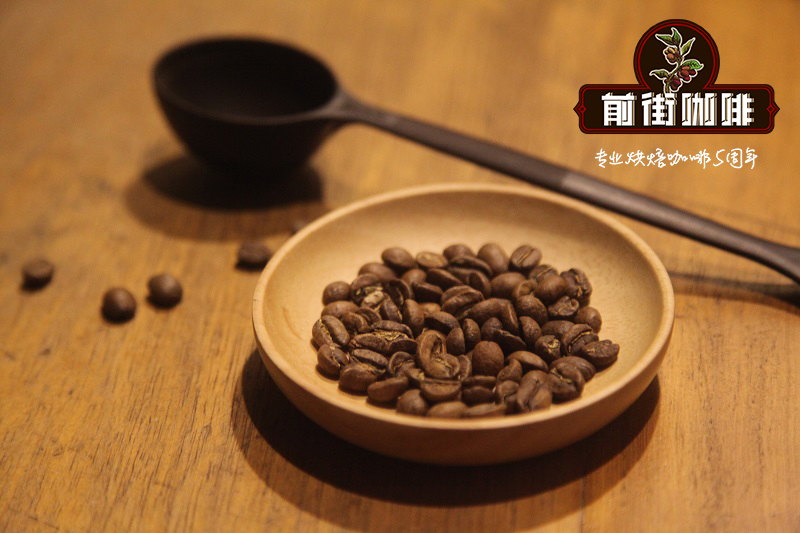Saldova Coffee | Saldova Coffee planting History _ introduction of Saldova Coffee Bean producing area
The origin of Saldova coffee is that in the mid-19th century, the main crop in El Salvador, the azure plant, lost the market because of the invention of chemical dyes, and was forced to be transformed into growing coffee, so the family of the azure plant was compelled to use the influence of the government to pass a bill to drive the poor off their land and use the land to grow coffee.
Under the operation of the government and the family, there was commercial coffee cultivation, and the government also had tax breaks for producers. Over the next 30 years, the export volume of coffee beans more than tripled, becoming the fourth largest coffee producer in the world at that time. With the continuous profitability, the coffee infrastructure was updated, so that the coffee in Saldova maintained good quality internationally until the civil war broke out in Saldova in 1980. Leading to a sharp decline in the industry, slowly eliminated by the market. In recent years, El Salvador is preparing to re-establish trade relations with various coffee consuming countries and revive the domestic coffee market.
The main varieties grown in El Salvador are bourbon beans, which account for 68% of the total production. Bourbon coffee beans have excellent acidity, plus the local soil in El Salvador is fertile volcanic soil. Make the coffee have a top taste and excellent aroma. Coffee beans in El Salvador are graded by altitude, such as SHG; coffee beans above 1200 meters above sea level, HG; and coffee beans above 900m above sea level.
El Salvador has six major coffee bean producing areas: Apaneca-llamatepec producing area, Alotepec-Metapan producing area, EI Balsamo-Quetzltepec producing area, Chichontepec Volcano producing area, Tepeca-Chinameca producing area and Cacahuatique producing area.
The most productive coffee beans in all producing areas are bourbon, followed by Parkas, and some other varieties of coffee beans.

Important Notice :
前街咖啡 FrontStreet Coffee has moved to new addredd:
FrontStreet Coffee Address: 315,Donghua East Road,GuangZhou
Tel:020 38364473
- Prev

Thai Coffee | introduction of Thai Coffee Bean producing areas _ Historical Origin of Coffee cultivation in Thailand
There are two theories about the history of coffee bean cultivation in Thailand. the first is that in 1904, a Muslim pilgrim passed through India on his way back to Thailand, where he brought some Robusta coffee bean seeds back to Thailand and planted it on the land of southern Thailand. Another kind of story is in 1950, when a man with great intentions
- Next

Honduran coffee beans| Honduras sherry barrel, lychee orchid boutique coffee beans introduction_barrel fermented coffee contains alcohol?
Front Street Coffee bought a batch of sherry barrel coffee beans and lychee orchid coffee beans from Honduras. Their flavor performance has a wine-like fermentation aroma. Many coffee lovers think it is an alcoholic coffee. Not really, but what's the difference? Let me introduce you.
Related
- Guji coffee producing area of Guji, Ethiopia: Humbela, Shakiso, Wulaga
- What is the most expensive variety of Qiloso in BOP multi-variety group?
- How to store the coffee beans bought home?
- Why are Yemeni coffee beans so rare now?
- Ethiopian Sidamo all Red Fruit Sun Sun Santa Vini Coffee beans
- SOE is mostly sour? What does it mean? Is it a single bean? what's the difference between it and Italian blending?
- Is Italian coffee beans suitable for making hand-brewed coffee?
- How to choose coffee beans when making cold coffee? What kind of coffee beans are suitable for making cold coffee?
- Just entered the pit to make coffee, what kind of coffee beans should be chosen?
- Can only Japan buy real Blue Mountain Coffee? What are authentic Jamaican Blue Mountain coffee beans?

